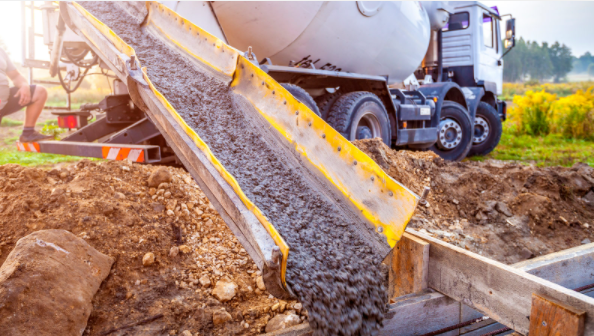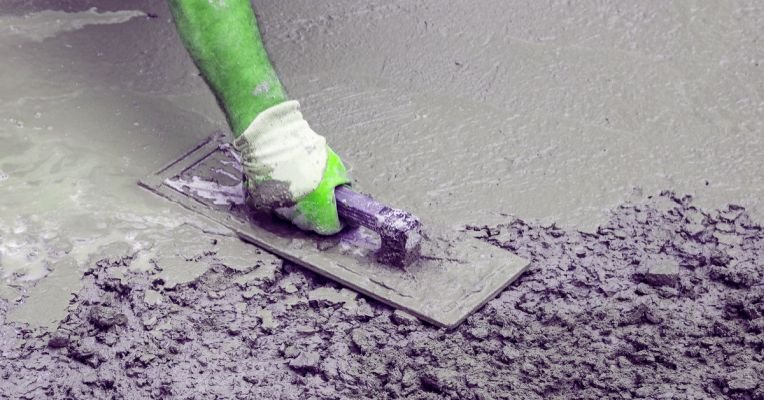Cement and steel are fundamental components of structures such as buildings, automobiles, dams, bridges, and skyscrapers. These industries, however, are among the dirtiest on the globe.

Cement production emits 2.3 billion tonnes of CO2 per year, while iron and steel production emits 2.6 billion tonnes, accounting for 6.5 percent and 7.0 percent of world CO2 emissions, respectively. This is due, in part, to the huge amounts in which these materials are used: concrete is the world’s second-most-consumed product, behind clean water.
How can we make steel and cement more environmentally friendly?

Here are the researchers’ recommendations: Ensure that manufacturing plants are well-insulated and equipped with cutting-edge technology, as well as that improved boilers and heat exchangers are used. To accomplish this, modifications to construction rules as well as greater education in this field are required.
According to the International Energy Agency, small but significant modifications to construction rules and education for architects, engineers, and contractors may cut cement use by up to 26 percent and steel usage by 24 percent.

We can cut CO2 emissions to 50 kilos or fewer per tonne of steel – a 97 percent reduction” by utilizing exclusively green hydrogen in “direct reduced iron steel” manufacturing. We can further lower the industry’s carbon impact if we create cement without limestone although, some challenges to substituting it with other materials still remain.
We can start decarbonizing our towers by improving design and utilizing less materials (31%), changing processes (33%), and decarbonizing heating (6.6 percent ). These reforms will go a long way toward greening the foundations of our civilization, giving it a fighting chance of survival.
Reference- CarbonCure website, Journal Nature, Clean Technica, Futurism






